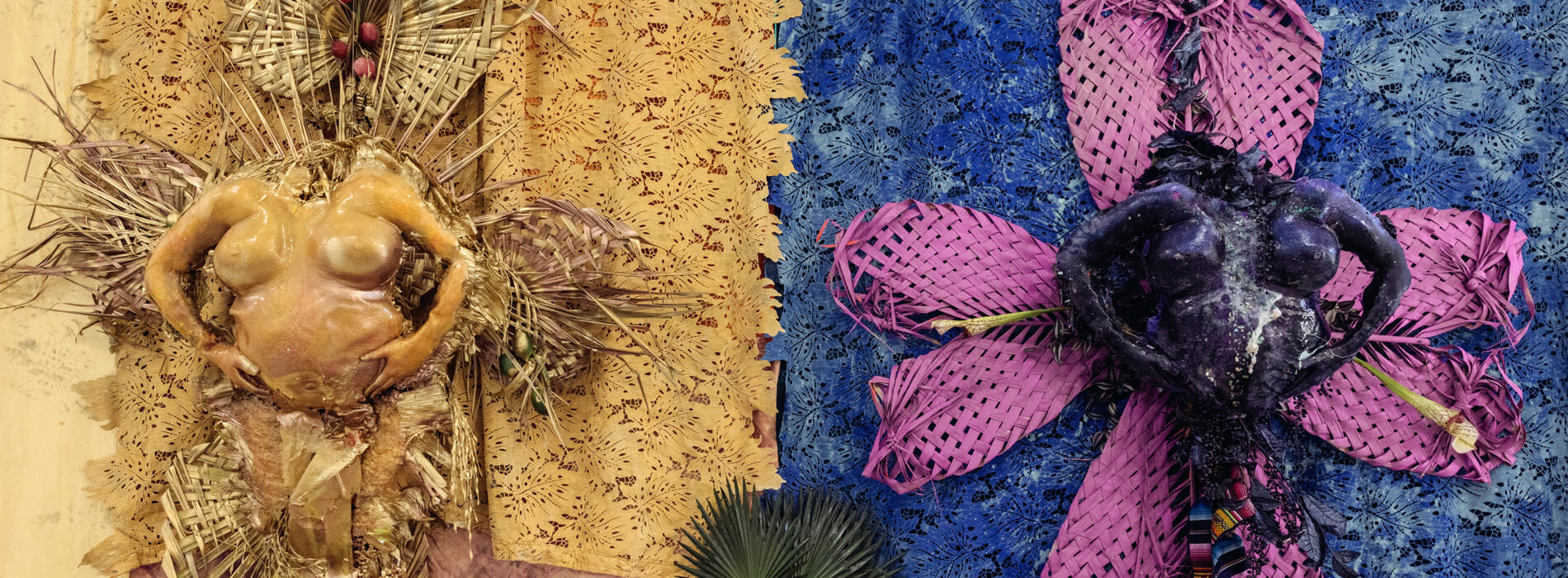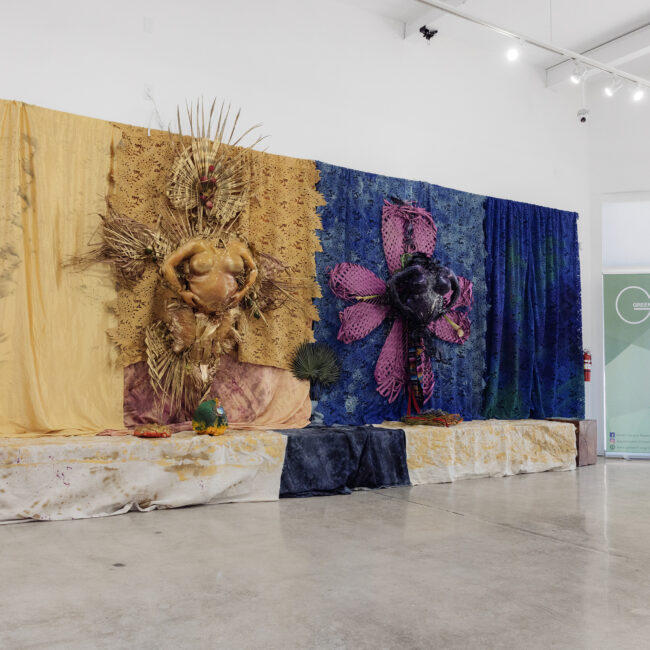Born in a car in an Everglades swamp, raised queer between a rural South immigrant community and the Caribbean, Coralina Rodriguez Meyer is an indigenous Latinx, Brooklyn based Quipucamayoc artist. Spanning 20 years and 30 countries, she works across disciplines including education, community organizing, moving images, documentary sculpture and urban design. She studied painting at MICA, anthropology at Hopkins, prior to receiving her architecture BFA at Parsons and MFA in Combined Media at Hunter College CUNY. She has worked as an architect and urban designer in NYC for 2 decades while a guest critic at Parsons and Pratt among other ivory towers. Her service on environmental nonprofit boards, as well as direct action grassroots community organizing is a framework for her Lambastic mentorship incubator for QBIPOC creatives. She received awards from Oolite Arts, VSA Arts, Foundation for Contemporary Arts, NY Department of Cultural Affairs, NY Foundation for the Arts, Miami Dade NEA and Young Arts. Coralina was a resident of Mildred’s Lane and the Bronx Museum AIM program. She was a research fellow at Museo Machu Picchu Peru weaving urban American iconography into Quipus, Syracuse University Florence Italy studying Italian Fascist architecture, Artist’s Institute NYC and Universitat Der Kunst Berlin examining Nazi utopian urban design with Hito Steyerl. NY Times, Village Voice, Hyperallergic, Univision, Guardian, London Review Books and Jezebel have written about her work at Queens Museum, Bronx Museum, PAMMiami, Smithsonian Museum, Kunsthaus Brethanien Berlin and CAC New Orleans. She’s shown at AIR gallery, Bitforms and AndrewEdlin. Her solo show of Mother Mold sculptures, Linea Negra photographs and Mama Spa Botanica was reviewed in Hyperallergic. In Chibcha, her daughter Zaita’s name means “umbligo del mundo” (origin of the world and the beginning of time). She builds skyscrapers, mentors queer BIPOC, and teaches at universities and museums. Coralina’s citizenship is performed in matriarchal time to survive colonization and assimilation by sharing generations of ancestral heirlooms across geospatial, temporal bounds with quinoa, quipus, cumbia, cariño, whispers and maxims.




